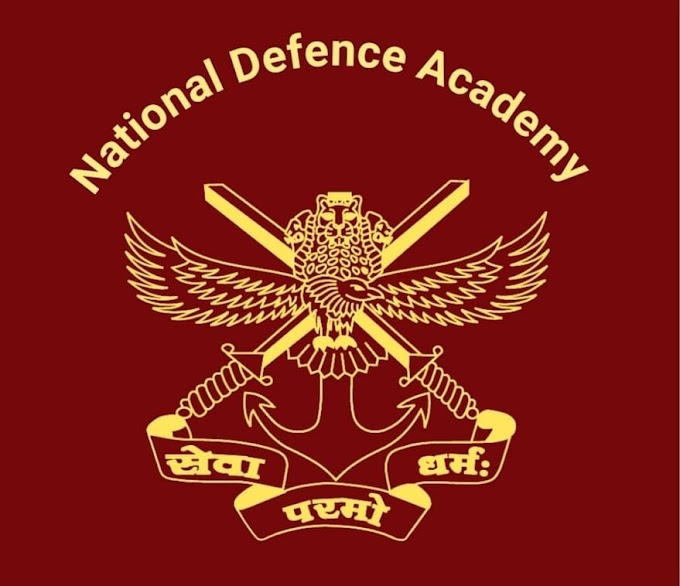Operation Sindoor: India's Decisive Response to
Cross-Border Terrorism
Introduction
In May 2025, India launched Operation Sindoor, a swift and strategic military campaign targeting terrorist infrastructure in Pakistan and Pakistan-occupied Jammu and Kashmir (PoJK). This operation was a direct response to the Pahalgam terror attack on April 22, 2025, which claimed the lives of 26 civilians, predominantly Hindu men. The name "Sindoor" symbolizes the red vermilion worn by married Hindu women, reflecting the profound loss experienced by the widows of the victims.
The Catalyst: Pahalgam Terror Attack
The tragic attack in Pahalgam not only resulted in significant civilian casualties but also intensified public outcry and demand for a decisive response. Intelligence reports implicated Pakistan-based terrorist organizations, notably Jaish-e-Mohammed and Lashkar-e-Taiba, in orchestrating the assault. This incident underscored the persistent threat of cross-border terrorism and set the stage for India's retaliatory measures.
Execution of Operation Sindoor
Strategic Objectives
Operation Sindoor aimed to dismantle terrorist networks and infrastructure responsible for cross-border attacks. The Indian Armed Forces focused on precision strikes to minimize collateral damage while delivering a potent message against terrorism.
Key Actions and Outcomes
-
Targeted Strikes: Indian forces conducted airstrikes on nine identified terrorist camps across Pakistan and PoJK.
-
Neutralization of Assets: The operation resulted in the destruction of:
- Six Pakistan Air Force fighter jets.
- Two high-value surveillance aircraft.
- Over ten armed drones.
- A C-130 Hercules transport aircraft.
-
Disruption of Radar Systems: Indian strikes effectively disabled Pakistani radar installations, compromising their air defense capabilities.
-
Elimination of Terrorists: Reports indicate that over 100 militants were neutralized during the operation.
Duration and Ceasefire
The operation spanned four days, from May 7 to May 10, 2025. Facing substantial losses and international pressure, Pakistan sought a ceasefire, which was agreed upon following communications between the Directors General of Military Operations (DGMOs) of both nations.
International and Domestic Reactions
Global Perspective
The international community closely monitored the escalation. While some nations expressed concern over rising tensions, others acknowledged India's right to self-defense against terrorism. Notably, U.S. officials, including Vice President JD Vance and Secretary of State Marco Rubio, engaged in diplomatic efforts to de-escalate the situation.
Political Discourse in India
Domestically, Operation Sindoor became a focal point of political debate. While the ruling party highlighted it as a testament to India's military prowess and commitment to combating terrorism, opposition leaders questioned the transparency and motives behind the operation. Discussions also arose regarding the need for international delegations to explain India's actions, with some arguing that military success should speak for itself.
Strategic Implications
Shift in Military Doctrine
Operation Sindoor signifies a shift in India's military strategy, emphasizing proactive and precise responses to terrorist threats. This approach aims to deter future attacks by demonstrating India's capability and willingness to act decisively.
Message to Regional Adversaries
Beyond addressing immediate threats, the operation served as a signal to other regional actors. The successful neutralization of assets, including those utilizing advanced technologies, showcased India's evolving defense capabilities and readiness to counter multifaceted challenges.
Conclusion
Operation Sindoor stands as a pivotal moment in India's ongoing battle against cross-border terrorism. By executing a calculated and effective military response, India reinforced its stance on national security and its intolerance for terrorism. The operation not only addressed immediate threats but also redefined strategic paradigms, setting a precedent for future engagements.







0 Comments